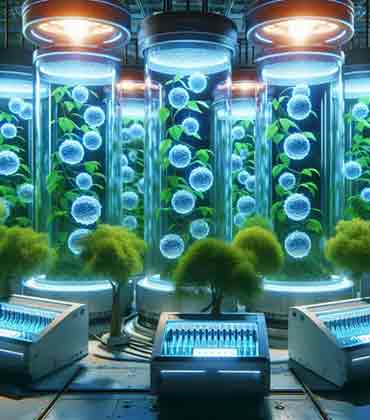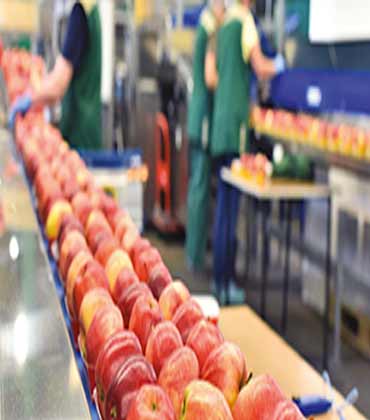THANK YOU FOR SUBSCRIBING
By Todd Jongen, Director Non-Foods Product Development and Packaging Science, US Foods
A Brief History of Carry-Out Food Packaging
By Robert Erhard, Head of Dairy, Corporate Sustainable Agricultural Development, Nestle
Transforming the Food Industry Through a Sustainable...

 Mike Wargocki, SVP of Operations, Sun Basket
Mike Wargocki, SVP of Operations, Sun BasketAs we emerge from the two years of pandemic induced craziness, we are now in a world where customer acceptance of food being shipped to their homes is far more prevalent. People went online and started to have their food delivered because there simply were no other options. Now that the world has opened back up, the onus falls on the food and transportation industries to ensure that these new customers continue to receive their meals in a safe and secure way.
Shipping food from a restaurant, grocery store or manufacturing facility to a customer’s door can be quite tricky. We need to pick the right things, package it securely for transit, ensure that the temperature control is maintained and deliver it to the customer. Each of those steps bring their own layers of complexity, but I’m going to focus on the temperature control piece. Unlike household items and shelf stable foods, temperature control on food is critical from both a product quality perspective as well as ensuring that microbiological growth is limited and controlled to maximize food safety.
Companies have taken a few different paths to manage this cold chain. One can either build out their own delivery fleet and maintain cold chain from the production facility or store all the way to the customer’s door, or you can use third party carriers to bring the boxes to the end customer.
In order to manage your own fleet, you need a high density of customers within a specific delivery region, and you need to extend your distribution centers throughout the regions that you want to service. This option gives you a lot of control over the cold chain but is capital intensive and limits your ability to scale beyond high population density zones. Using a third-party carrier allows you to reach customers wherever the carriers currently deliver. This is great for scaling and management of capital, but since few carriers have cold chain capabilities, the responsibility for temperature control falls back on your company.
“Unlike household items and shelf stable foods, temperature control on food is critical from both a product quality perspective as well as ensuring that microbiological growth is limited and controlled to maximize food safety.”
To attack that cold chain puzzle SunBasket has taken a three-pronged approach. First, we need ice and insulation in the boxes that allow for the right temperatures to be maintained from our door until the customer receives the package. Doing this means you need to find good ice and insulation combination for -10°F temperatures up to 115°F and shipments that range from same day to two days away. That insulation and ice can be bulky and a real pain for the customers to dispose of, so we also have a responsibility to find sustainable and recyclable / compostable options that reduce that customer lift. Packing everything into a Styrofoam box may work, but it is not the solution that our customers are demanding.
Second, we need to understand where the boxes are going and what temperatures they will be exposed to along the way. To manage this our engineering team has tapped into the USGS Weather reports and gets the forecasts for every zip code we will be shipping into for the following week. We can use those temperatures to drive our box, ice and insulation combinations.
Third, we have developed a temperature stairstep that determines the best box, ice and insulation combinations for each type of food we ship and the temperatures that they can be shipped within. This piece is the most critical, as it requires developing the temperature testing curves (There are no true standards for our industry that we can use, just approximate NIST models) and then running multiple boxes through those curves to validate when the temperatures inside fail. This information is then married up with the weather algorithm and the Ice and insulation from the first 2 steps to produce a stairstep that translates all that info into a useable format for our fulfillment and logistics teams.
As the world continues to accept, and demand, more and more shipping of perishable goods to the customer’s doorstep our industry needs to make sure that they are doing everything in their power to understand the food safety parameters of our shipments and work to keep our customers safe. It’s easy to go to generic shipping configurations or cut corners to contain costs but doing the right thing for our customers and ultimately our industry is the challenge that I want to see everyone that is shipping food take on whole heartedly. It's great to be a part of a company that acknowledges our challenges in this arena and is putting forward its best effort to maximize the food safety of our supply chain.
Read Also















